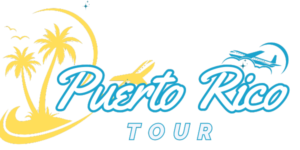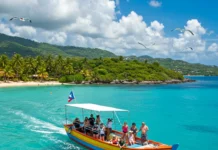Introduction: Why Choose a Puerto Rico Cultural Tour?
Travelers seeking meaningful experiences often turn to cultural tours for a deeper understanding of a destination. In Puerto Rico, such journeys immerse us in a vibrant mosaic of history, music, cuisine, and artistic expression. From the scent of roasted coffee in mountain villages to the rhythm of salsa echoing through city plazas, every moment offers a new perspective on this remarkable island.

By prioritizing authentic encounters and local traditions, a Puerto Rico cultural tour offers more than sightseeing—it invites us to engage with the island’s living heritage and connect with the stories that shape its identity.
What Defines a Puerto Rico Cultural Tour?
A Puerto Rico cultural tour is designed to reveal the island’s rich tapestry of influences by focusing on its people, customs, and creative spirit. These tours go beyond the typical tourist itinerary, offering access to artisans’ workshops, local markets, historical sites, and festive celebrations.
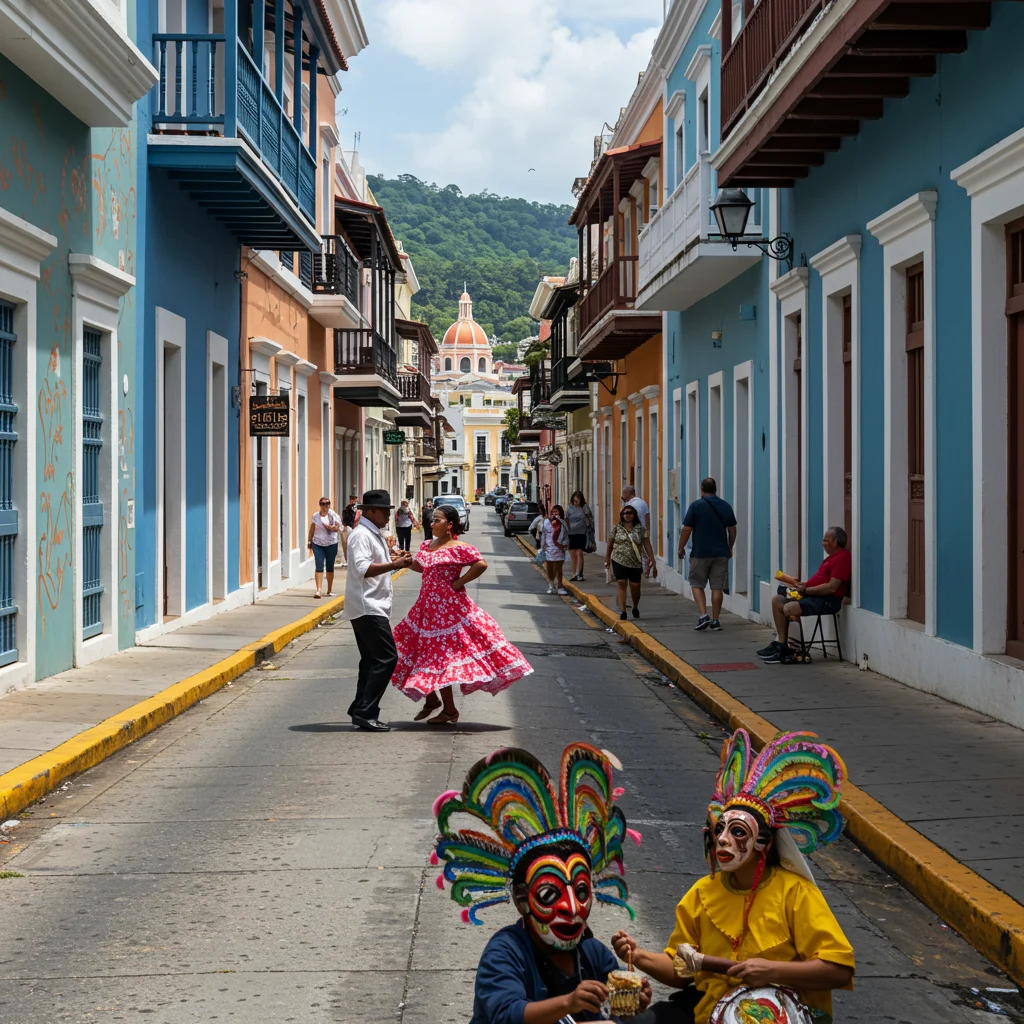
How Are Cultural Tours Different from Regular Tours?
While standard tours might highlight popular attractions and scenic spots, cultural tours prioritize immersive experiences. We find ourselves tasting traditional foods, learning folk dances, and meeting craftspeople who keep ancestral skills alive. This approach fosters a genuine connection with the local community and a deeper appreciation for Puerto Rico’s unique heritage.
For those interested in lesser-known cultural gems, we recommend reading about hidden history and culture tours in Puerto Rico for further inspiration.
Who Should Consider a Cultural Tour of Puerto Rico?
Anyone with a curiosity for history, art, food, or music will find cultural tours rewarding. These experiences suit solo adventurers, families, and groups alike—especially those who value interaction with locals and authentic storytelling. Whether you are a seasoned traveler or a first-time visitor, a cultural tour provides insight and memories that last long after the trip ends.
Overview of Puerto Rican Culture
Puerto Rican culture is a dynamic blend of indigenous, Spanish, African, and modern influences. This fusion is evident in every aspect of daily life, from architecture and language to cuisine and festivals. Understanding these layers enriches our appreciation for the island’s resilience and creativity.

A Brief History of Puerto Rico
Puerto Rico’s story is one of adaptation and synthesis. The island’s past shapes its present, with each community contributing to a collective identity that is both proud and welcoming.
Indigenous Taino Influence
The Taino people were Puerto Rico’s first inhabitants, leaving behind petroglyphs, language, and agricultural practices. Their legacy endures in place names, traditional foods, and spiritual beliefs woven into the island’s fabric.
Spanish Colonial Legacy
Spanish colonization introduced new religions, governance, and architecture. The enduring presence of colonial forts, churches, and cobblestone streets stands as a testament to centuries of European influence and cultural exchange.
African Heritage and Contributions
Enslaved Africans brought to Puerto Rico contributed profoundly to its music, dance, cuisine, and religious traditions. Today, their legacy resonates in the rhythms of bomba and plena, as well as in the lively spirit of community gatherings.
Modern Puerto Rican Identity
Contemporary Puerto Rico is defined by resilience, innovation, and a strong sense of community. Modern artists, musicians, and chefs continue to reinterpret the island’s traditions, ensuring that its cultural identity remains dynamic and relevant.
Highlight #1: Old San Juan – Colonial Charm and Vibrant Streets
Few places capture the essence of Puerto Rico’s cultural heritage like Old San Juan. This historic district is a living museum, where centuries-old walls and bustling plazas invite us to step into the heart of the island’s past and present.

What Makes Old San Juan a Must-See?
The appeal of Old San Juan lies in its enchanting blend of history, color, and daily life. Whether strolling along blue-hued cobblestone streets or savoring the aroma of fresh pastries from a local bakery, visitors are enveloped in a sensory experience that is both nostalgic and vibrant.
Exploring Colorful Architecture and Cobblestone Streets
Rows of pastel-painted buildings with ornate balconies line the narrow streets, creating a picturesque backdrop for exploration. The sound of footsteps on the timeworn stones and laughter drifting from open windows evoke the island’s storied past.
Castillo San Felipe del Morro & Castillo San Cristóbal
These imposing fortresses stand guard over San Juan Bay, offering panoramic views and echoes of battles fought centuries ago. Walking their ramparts, we can almost feel the sea breeze and imagine the island’s defenders preparing for distant threats.
Plaza de Armas and Local Markets
At the heart of Old San Juan, Plaza de Armas buzzes with activity. Local vendors sell fruits, crafts, and souvenirs, while street performers entertain passersby. The market atmosphere is lively, inviting us to sample flavors and interact with residents.
Local Art Galleries and Murals
Artistic expression flourishes in hidden courtyards and along alleyway walls, where bold murals and contemporary galleries showcase Puerto Rico’s creative pulse. Each piece tells a story, reflecting the island’s diverse influences and modern aspirations.
Best Guided Walking Tours in Old San Juan
Expert-led walking tours provide historical context and insider perspectives, bringing the city’s legends to life. Guides often share personal anecdotes, and many tours cater to specific interests—such as culinary traditions or architectural history—ensuring a memorable and informative experience.
Highlight #2: Puerto Rican Cuisine – A Culinary Adventure
Puerto Rican cuisine is a feast for the senses, blending indigenous, Spanish, and African flavors into a distinct culinary tradition. From sizzling street food to refined restaurant fare, every meal tells a story of resilience, adaptation, and celebration.

What Are the Signature Dishes of Puerto Rico?
Signature dishes reflect the island’s agricultural bounty and multicultural heritage. Each bite reveals layers of flavor, from smoky spices to the sweetness of tropical fruits.
Mofongo: The Island’s Iconic Dish
Mofongo is a savory masterpiece crafted from mashed green plantains, garlic, and pork cracklings. Often served with shrimp, chicken, or vegetables, mofongo’s hearty texture and bold taste make it a beloved staple.
Lechón Asado and Other Street Foods
Slow-roasted lechón asado (pork) is a festive favorite, its crispy skin and tender meat drawing crowds to roadside stands. Other street foods, such as alcapurrias and bacalaítos, offer crispy, flavorful snacks enjoyed by locals and visitors alike.
Seafood Specialties and Coastal Flavors
Puerto Rico’s coastal towns serve up fresh seafood, from grilled snapper to ceviche infused with lime and cilantro. The salty air and ocean views enhance every meal, creating a memorable dining experience.
Where to Experience Authentic Puerto Rican Food?
Authenticity is found in bustling food markets, family-run eateries, and interactive cooking classes. Each setting provides a unique window into local traditions and hospitality.
Food Markets and Local Eateries
Markets such as La Placita in Santurce overflow with tropical produce, spices, and homemade treats. Small diners, known as fondas, serve classic dishes in a welcoming, communal atmosphere.
Cooking Classes and Food Tours
Participating in a cooking class or guided food tour allows us to learn the secrets of Puerto Rican cuisine firsthand. Chefs and guides share stories and techniques, making every lesson both educational and delicious.
For those with a passion for off-the-beaten-path experiences, consider reading about Puerto Rico’s lesser-known culinary treasures to enhance your journey.
Highlight #3: Music and Dance – The Heartbeat of Puerto Rico
Music and dance are the soul of Puerto Rican culture, infusing daily life with energy and emotion. Streets come alive with the sounds of drums and guitars, while plazas transform into open-air dance floors during festivals and celebrations.

What Music Styles Originated in Puerto Rico?
Puerto Rico is the birthplace of several influential music genres, each rooted in a blend of ancestral traditions and contemporary expression. The island’s rhythms are as diverse as its people, uniting communities and inspiring generations.
Bomba and Plena: Traditional Rhythms
Bomba and plena are centuries-old musical forms that emerged from African and indigenous roots. Their call-and-response vocals, hand drums, and spirited dances evoke a sense of collective joy and resilience.
Salsa and Reggaetón: Modern Sounds
Modern genres like salsa and reggaetón have achieved global fame, blending local stories with international influences. Salsa’s infectious melodies and reggaetón’s urban beats keep dance floors packed from San Juan to New York.
Where Can You Experience Live Music and Dance?
Puerto Rico’s live music scene is vibrant and accessible, with performances ranging from impromptu street jams to grand festivals. The island’s welcoming spirit invites everyone to join the celebration.
Festivals and Street Performances
Annual events like the San Sebastián Street Festival feature parades, concerts, and traditional dances. Street performers add a spontaneous touch, filling neighborhoods with laughter, rhythm, and applause.
Dance Workshops and Cultural Centers
Dance studios and cultural centers offer workshops in bomba, salsa, and more. These interactive sessions provide a chance to learn new steps, connect with locals, and experience the communal joy of Puerto Rican music.
As experts often say:
“Culture is the heartbeat of a people, and nowhere is that more evident than in the music and dance of Puerto Rico.”
For an in-depth look at how these traditions shape the island, we suggest exploring our article on Puerto Rico’s hidden cultural history.
Highlight #4: Exploring Puerto Rico’s Art and Handicrafts
Puerto Rico’s artistic heritage is expressed through a wide variety of mediums, from centuries-old wood carvings to contemporary murals and installations. Artisan traditions flourish in workshops, markets, and festivals, offering visitors a chance to appreciate—and take home—a piece of the island’s creativity.

What Are the Unique Art Forms of Puerto Rico?
The island boasts a diverse array of visual arts, each reflecting a distinct cultural lineage. These forms preserve history, celebrate community, and fuel innovation among local artists.
Santos de Palo: Traditional Wood Carvings
Santos de palo are hand-carved wooden saints, crafted by skilled artisans using time-honored methods. These figures play a central role in religious and folk traditions, valued for their beauty and spiritual significance.
Vejigante Masks and Carnival Art
Brightly painted vejigante masks are iconic symbols of Puerto Rican festivals, especially during Carnival. Their exaggerated features and vivid colors represent the island’s playful, rebellious spirit.
Contemporary Art and Local Artists
Modern galleries and street art movements showcase the talents of emerging painters, sculptors, and muralists. Their works address contemporary issues while honoring cultural roots, making Puerto Rico a hub for artistic innovation.
Where to Shop for Authentic Handicrafts?
Supporting local artists and artisans not only enriches your experience, but also sustains the island’s creative economy. Authentic handicrafts are found in a variety of welcoming spaces.
Artisan Markets and Craft Fairs
Markets such as those in Old San Juan and Ponce feature handmade jewelry, ceramics, textiles, and more. The lively atmosphere, filled with music and conversation, makes shopping a pleasure in itself.
Supporting Local Artists
Many artists sell their work directly from studios or cooperative galleries, offering unique souvenirs and the chance to learn about their creative processes firsthand. These interactions foster meaningful connections and a deeper appreciation for Puerto Rican artistry.
To further understand the significance of these creative traditions, our article on Puerto Rico’s cultural treasures offers valuable perspectives.
Beyond the Highlights: Other Cultural Experiences in Puerto Rico
While Old San Juan, cuisine, music, and art are central to any cultural tour, Puerto Rico offers countless other opportunities for meaningful engagement.

Visiting Coffee Plantations and Learning About Coffee Culture
The island’s mountainous interior is home to lush coffee plantations, where visitors can witness the cultivation and roasting of world-renowned beans. The aroma of freshly brewed coffee mingles with the cool mountain air, creating an unforgettable sensory experience.
Exploring Indigenous Sites and Petroglyphs
Ancient Taino sites, adorned with mysterious petroglyphs, offer a glimpse into Puerto Rico’s pre-Columbian heritage. Guided tours bring these stories to life, illuminating the beliefs and customs of the island’s earliest inhabitants.
Participating in Puerto Rican Festivals and Holidays
Throughout the year, communities across Puerto Rico celebrate a vibrant calendar of festivals and holidays. These events, marked by music, dance, food, and pageantry, invite participation and foster a sense of belonging for all who attend.
If you’re interested in how these experiences contribute to the island’s unique character, our post on Puerto Rico as a journey to remember provides further insight.
How to Plan Your Puerto Rico Cultural Tour
Planning a successful cultural tour requires thoughtful preparation. By considering timing, guidance, and cultural sensitivity, we can maximize our enjoyment and positive impact.
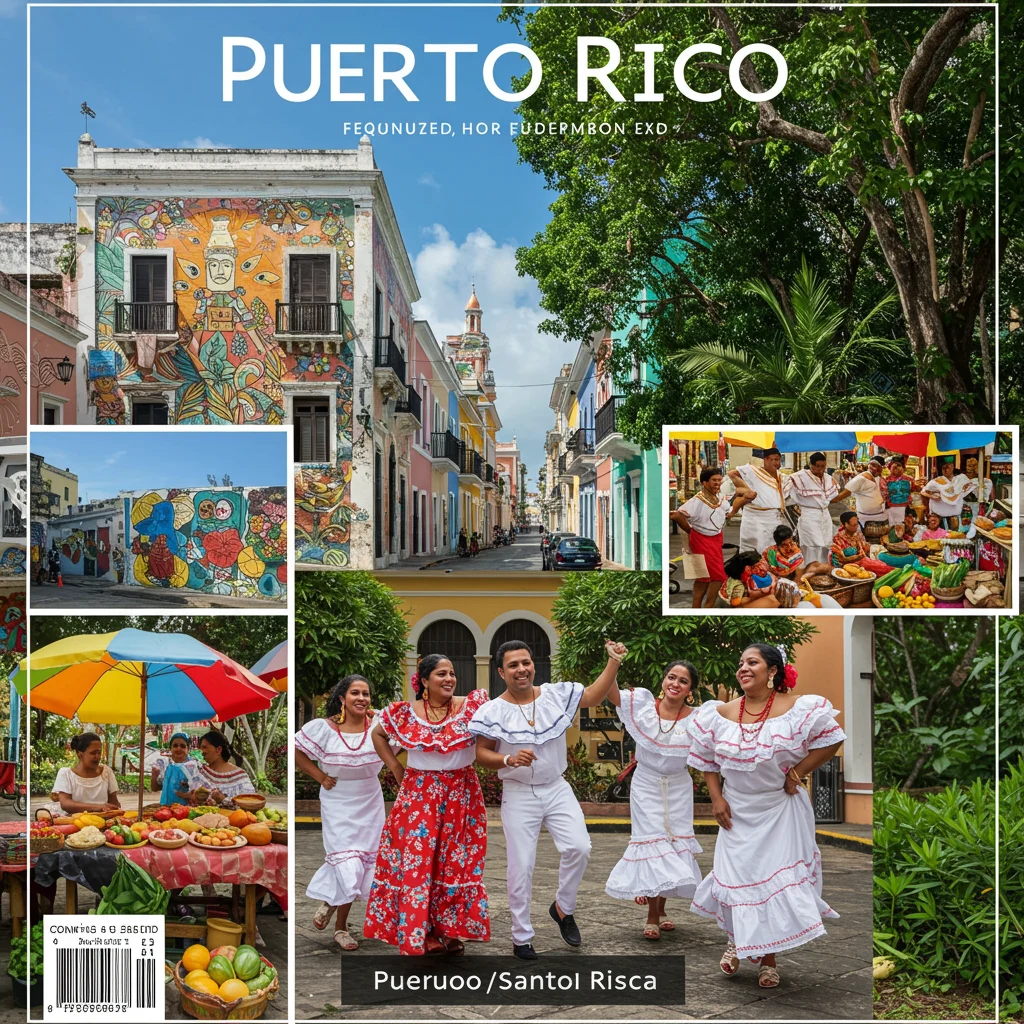
Best Times of Year for Cultural Travel
The period from late fall through early spring offers mild weather and a full calendar of festivals. Major events like the San Sebastián Street Festival in January attract visitors from around the world, while smaller town fiestas provide intimate glimpses into local life.
Choosing the Right Tour Company or Guide
Look for tour operators with deep local connections, experienced guides, and a commitment to authentic, respectful engagement. Reading reviews and seeking recommendations can help us identify companies that prioritize meaningful cultural exchange.
Tips for Responsible and Respectful Cultural Tourism
- Learn a few basic Spanish phrases to enhance communication and show respect.
- Support local businesses, artisans, and guides to contribute directly to the community.
- Observe and honor local customs, dress codes, and etiquette—especially in religious or sacred spaces.
- Ask permission before taking photos of people or private property.
For more advice on responsible tourism and hidden experiences, our guide to Puerto Rico’s hidden history and culture is a helpful resource.
Frequently Asked Questions About Puerto Rico Cultural Tours
We address some of the most common questions from travelers considering a cultural tour of Puerto Rico.

Is Puerto Rico Safe for Cultural Tourists?
Puerto Rico is generally considered safe for visitors, especially in well-traveled areas and when following standard precautions. Local guides are invaluable for navigating neighborhoods and ensuring a comfortable, secure experience.
What Should You Pack for a Cultural Tour?
Comfortable walking shoes, lightweight clothing, sun protection, and a reusable water bottle are essential. A small notebook or camera can help capture memories and insights from your journey.
Can You Experience Puerto Rican Culture on a Budget?
Absolutely. Many cultural experiences—such as festivals, markets, and street performances—are free or low-cost. Affordable public transportation and budget-friendly eateries make it possible to enjoy the island’s richness without overspending.
Conclusion: How Will a Puerto Rico Cultural Tour Inspire You?
A Puerto Rico cultural tour invites us to connect with the island’s spirit through its history, food, music, and art. These experiences foster understanding, appreciation, and lasting memories. As we return home, we carry not only souvenirs, but also a renewed sense of wonder and belonging. For those ready to create their own story, we recommend starting with Puerto Rico Tour for guidance and inspiration.
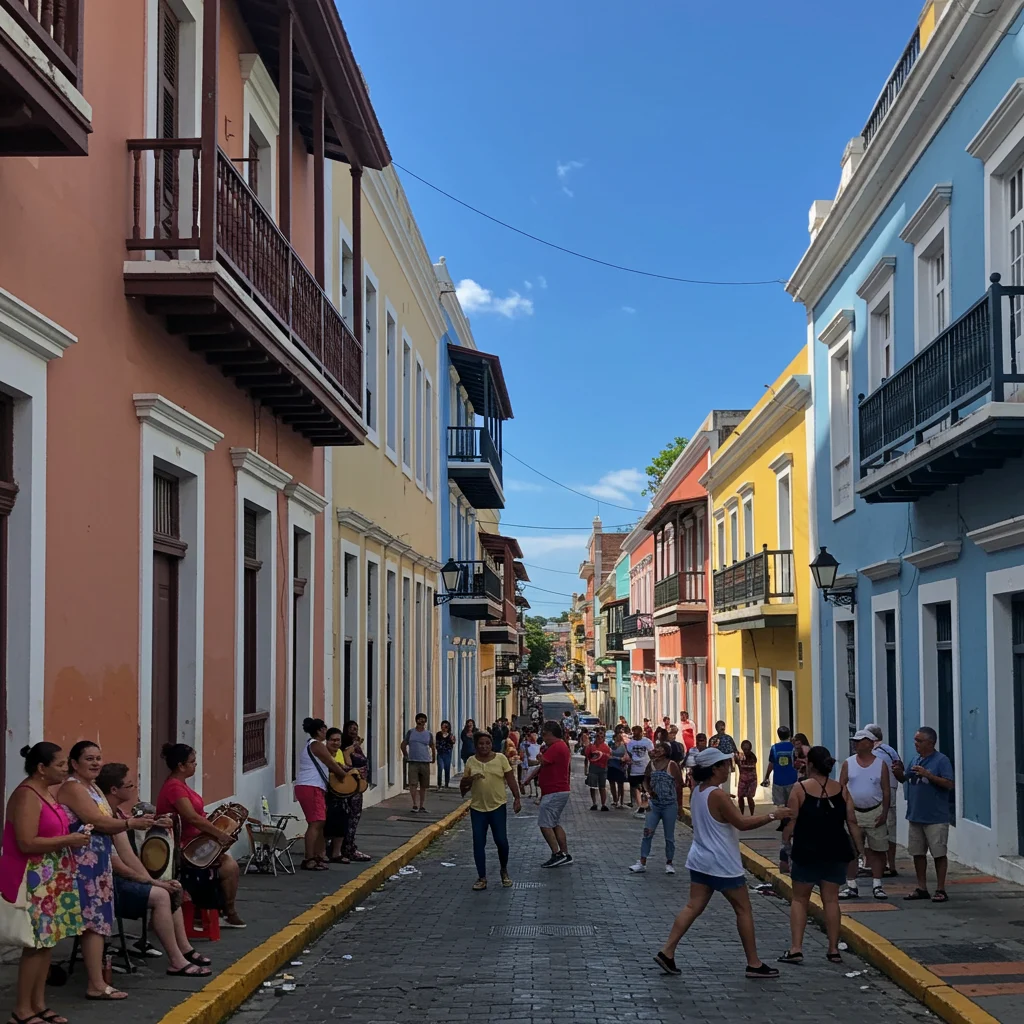
Next Steps: Booking Your Own Puerto Rico Cultural Adventure
Begin planning your cultural journey by researching reputable guides, selecting activities that align with your interests, and preparing to embrace the richness of Puerto Rico’s living heritage. Your adventure awaits—filled with color, flavor, and the warm hospitality of its people.

